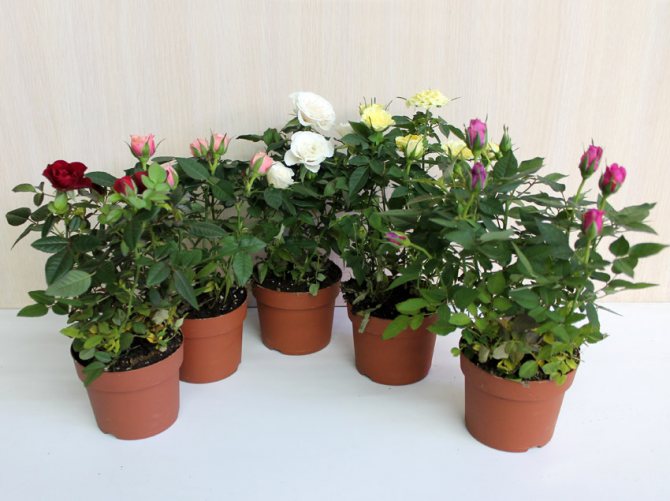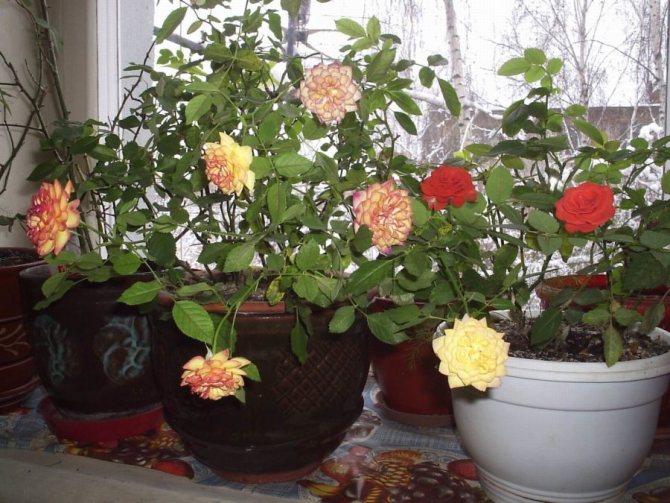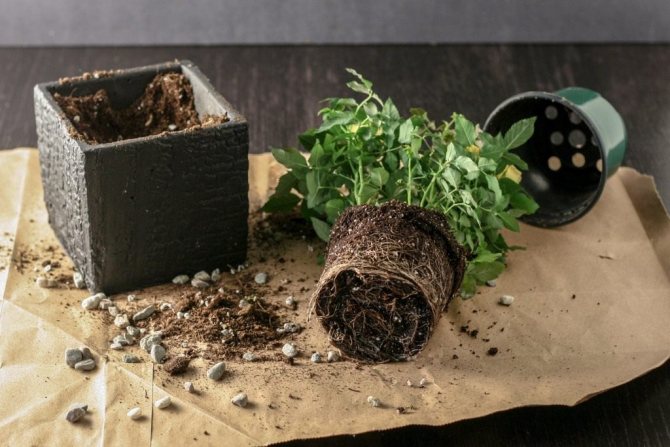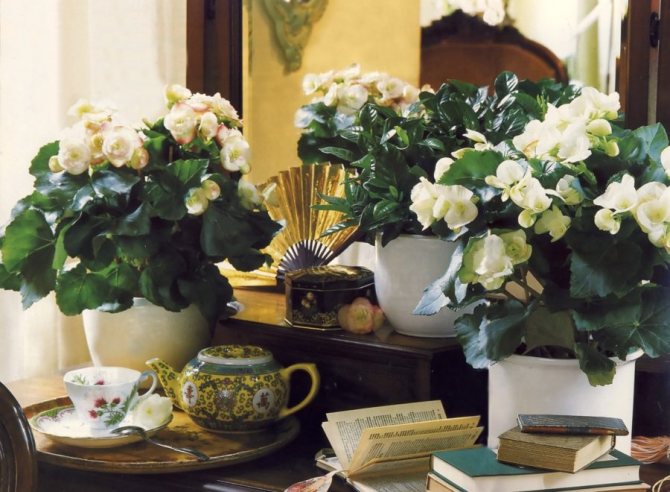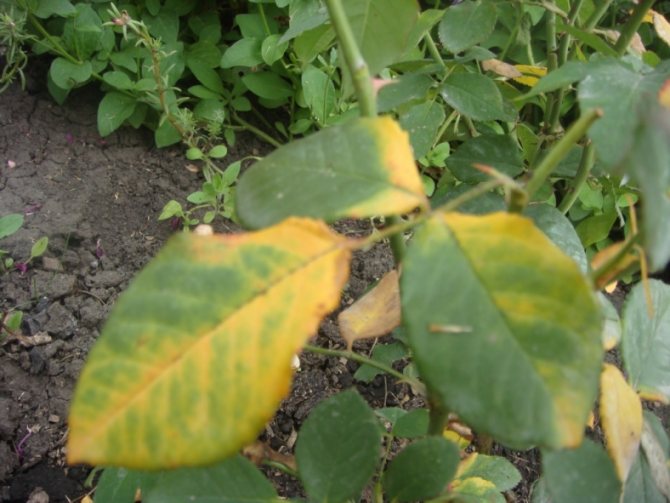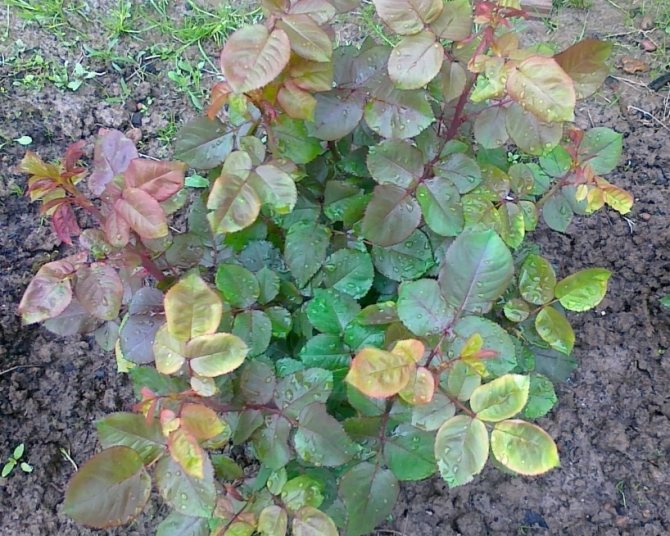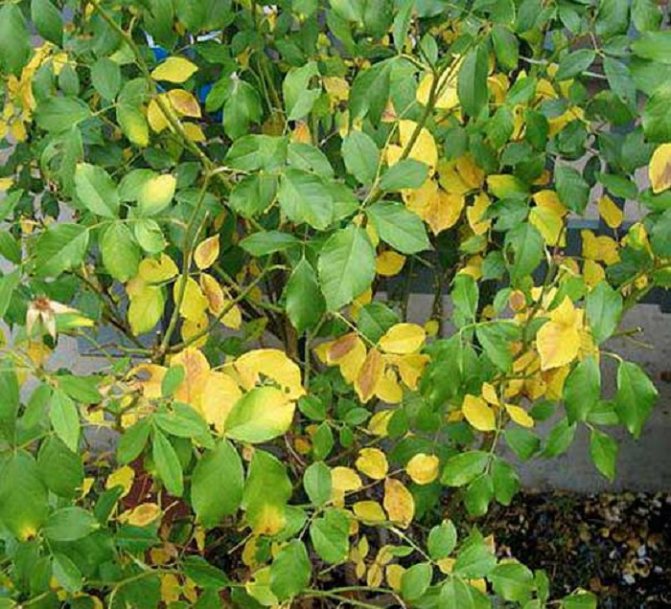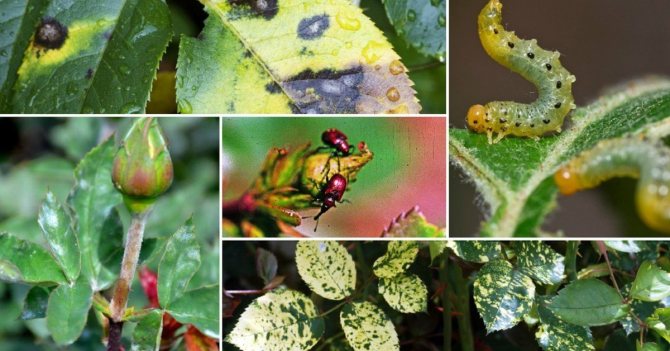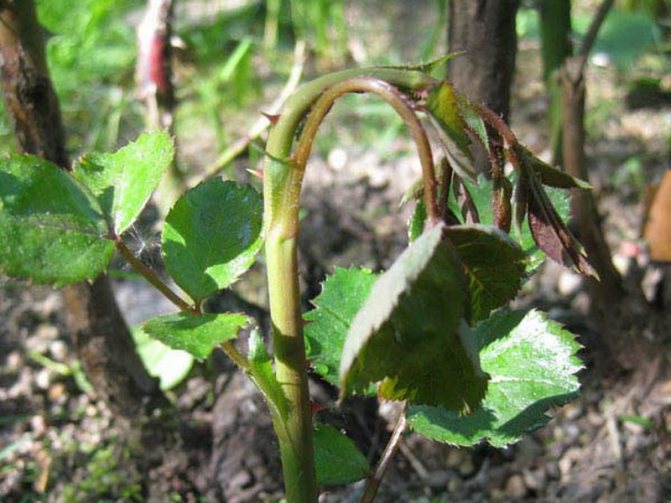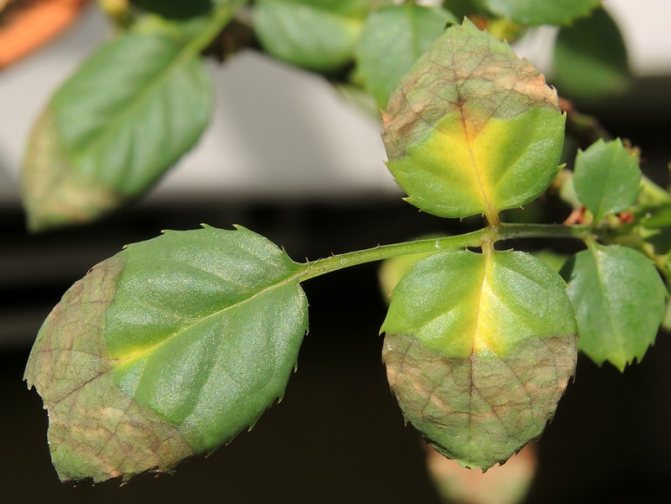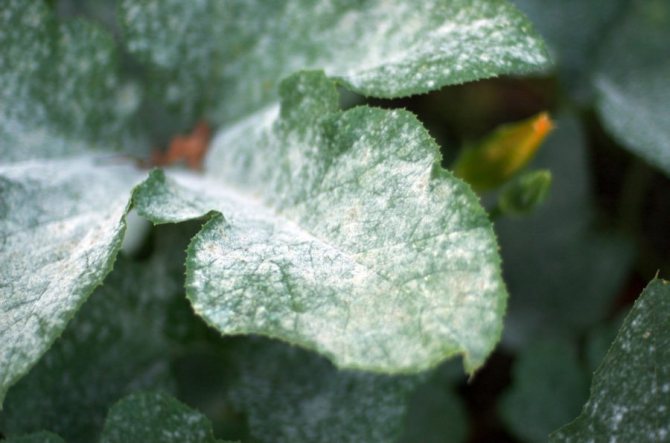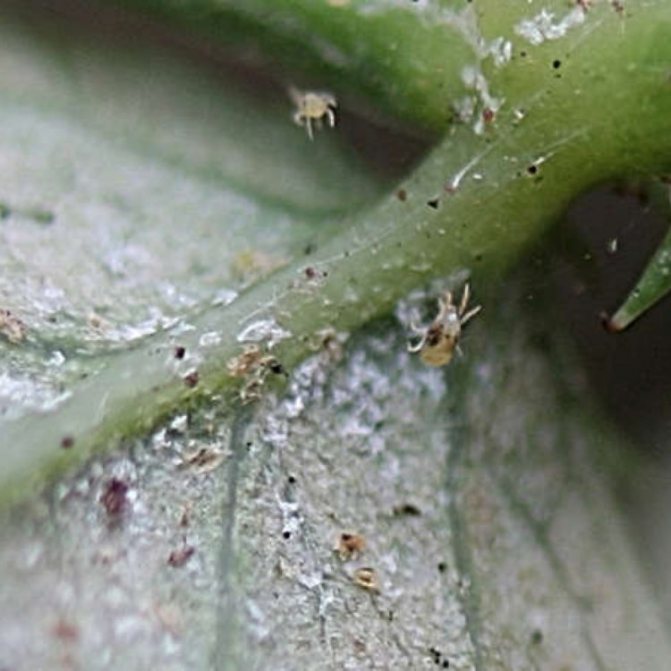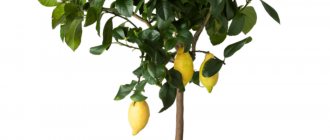Indoor rose is a charming plant distinguished by its tenderness and exquisite beauty. Every florist who has this beauty must know how to properly care for her.
Falling foliage and buds is a wake-up call for the pet owner. You urgently need to review your care and eliminate the negative factors affecting the rose. If you ignore the symptoms of flower diseases, you can lose it.
In the article, we will consider why a indoor rose growing in a pot sheds leaves and buds and what to do about it.
The reasons
Buds

- Draft may be one of the reasons. If, at the time of airing, cold air masses fall on the rose, this will lead to the fall of the buds (buds).
- Too cold water temperature... For irrigation, only settled water at room temperature is used.
- Untimely transplant. In no case should you transplant during the flowering period, because the slightest damage to the roots is guaranteed to lead to the dumping of the buds.
- Overdried or too wet soil. There should not be long breaks between watering, but you should not abuse the procedure either. It is necessary to correctly adjust the frequency of watering.
- The air has low humidity. To increase it, they resort to conventional spraying. The contact of liquid on the buds is unacceptable.
- Depleted soil. After the rose has faded, it is recommended to carry out mineral and phosphorus-potassium dressings. Incorrectly selected fertilizers and non-compliance with the dosage often cause the buds to drop.
- Insufficient lighting. When a flower does not have enough sunlight, it slows down photosynthesis in the leaves, and this leads to the fall of flowers.
- Pests become a common cause of this phenomenon.
All the leaves
- The culprit of the loss of leaves is often the producer, since in order to give the plant a lush and voluminous appearance, he plants several flowers in a cramped pot. As a result, they begin to experience a lack of free space. The soil dries up, and nutrients run out many times faster.
- A sharp change in climate and light regime Is a common cause of wilting. After the purchase, the rose needs to get used to the new conditions of detention, and this is not always easy for her. We must not forget that the room rose likes fresh air and the rays of the sun, so the place for it is prepared in advance. To learn more about caring for a rose in a pot after purchase, click here.
- Excessively dry ground. The pet needs regular and abundant watering. When the rose has bloomed, it is transplanted into a larger container with nutritious soil and a good drainage layer.
- The spider mite negatively affects the flower. It causes the leaves to fall. To get rid of the parasite, special drugs are used.
- Indoor rose needs a sufficient amount of trace elements and minerals. Magnesium deficiency causes foliage to be shed. If there is yellowing and cessation of growth, then there is little nitrogen in the ground.
When is it a natural process for a potted plant?
If optimal conditions have been created for the plant and proper care is provided, and the leaves still fall off, do not panic. Perhaps this is a natural process by which the rose gets rid of old leaves.
Insufficient or overfeeding
The soil must contain enough nutrients for the normal growth of the flower. Regular feeding is necessary for flowering and growth. Insufficient content of calcium and iron in the soil affects the leaves. This is another reason why the leaves of the Chinese rose turn yellow. Indoor rose most likely lacks iron and calcium if yellowness appears directly between the veins.
In particular, nitrogen deficiency can occur during active flowering.... This can also be the reason why the rose sheds its leaves. What to do? Be sure to fertilize the plant one week after transplanting, and also every three weeks. It is better to purchase a complex fertilizer designed specifically for roses.
But an excessive oversaturation of soil minerals can harm the flower. Powdery mildew is a signal that you should wait with fertilizers. The disease looks like a white bloom on the leaves. Treatment of the surviving leaves and shoots with a fungicide will help, diseased shoots should be removed.
Traditional methods for promoting good rose growth:
- Insist 170 grams of garlic in 1 liter of water for 5 days. Then add the solution to the water for irrigation in a proportion of 1 teaspoon per 1 liter;
- dry mustard powder;
- ash.
When buying a flower, be sure to check its variety. There are deciduous types of roses that, in preparation for winter, shed their foliage and go to rest from October to February. There is another problem that a plant can face - a virus. If it is the virus that hit the pet, then it is unlikely that it will work to help the flower survive. No remedy has yet been found for this problem. If all the care recommendations are followed, this magnificent fragrant flower will delight the eye of its owner for a very long time!
podkormka.
What if a home flower falls off?
Foliage


- Light mode. If a flower has been moved from a dark place to a lighter one, it will get stress. It is necessary to gradually accustom the rose to the sun's rays. If, on the contrary, additional lighting is required at first.
- Revision of the irrigation regime. Watering is carried out as needed; complete drying of the soil should not be allowed. When water stagnates, root rot forms. To save the plant, it is taken out of the pot and the root system is gently washed. Rotten and dry roots are cut. Places of slices are processed by "Kornevin".
- It is worth paying attention to the top dressing produced. An excess of nitrogen and phosphorus fertilizers in the soil is harmful. Experienced growers know that nitrogen can cause a burn, from which foliage crumbles.
- Periodically, a room rose is examined for various diseases and pests. Chlorosis is a dangerous disease. The plant suffering from it loses all leaves and shoots, and then dies altogether.
Kidney
More often than not, the buds fall off for the same reasons as the leaves. All of the above instructions should be followed to avoid trouble. Formed weak buds indicate that the pot is small in volume. The capacity changes with the growth of the flower and its root system. The main reason for dumping buds is cramped containers.
Lighting
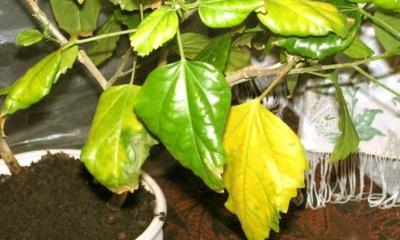

This is one of the main reasons for the fall of the Chinese rose. The daylight hours of hibiscus is 10 hours, so in winter you need to take care of additional lighting.
Direct exposure to sunlight also causes yellowing of the leaves. What do we have to do? If the flower is close to the window, you should restrict access to the sun with curtains in the summer. You should not do this in autumn and winter.
Preventing the recurrence of the problem
- Water only with lukewarm and settled water.In winter, it is advised to warm up the liquid a little (read here how to care for a rose in winter).
- Rose has a positive attitude towards bathing and spraying.
- Damage to the roots very often provokes foliage to fall, so you need to be careful and careful when transplanting.
- If a spider mite was found on the plant, the indoor rose is quarantined, in which it will be kept until complete recovery.
How to cure a rose
There are several ways to revive roses:
- For fungal, viral, bacterial infections - treat leaves, buds, flowers, shoots with a weak solution of copper sulfate or potassium permanganate. Before that, it is necessary to remove the affected, dry and rotten parts. Sometimes it becomes necessary to remove all ground parts down to the root in order for the rose to recover.
- To combat arthropod pests (aphids, spider mites, thrips), insecticides are used - organophosphates (Aktellik, Vertimek, Akarin). They are sprayed on a flower, soil surface, pot. The infusion of tobacco or garlic (170 g per 1 liter of water, leave for 5 days), which is used for spraying, also helps well. You can sprinkle the soil with mustard powder, ash.
- One of the ways how to save a room rose if it withers due to damage to the root system during transplanting or loosening the soil: the flower is removed from the pot together with the root system, cleaned from the ground and placed in a solution of “Heteroauxin”, “Kornevin” for 6 hours ...
- When chlorosis occurs, the leaves turn yellow. It is necessary to remove the damaged parts, for the prevention of yellowing use the drug "Ferovit". Watering with a weak solution of lemon juice (3 drops per 100 ml of water) is useful.
- In the autumn-winter period, it is useful to feed the flower with Epin.
Sometimes it is impossible to save a dried plant. In such cases, it is disassembled into shoots that are rooted in the soil.
Video
Below you can watch a useful video on why home roses wither and what to do to solve such a problem.
Rose is the ideal of beauty among flowers. In order for it to delight its beautiful and lush flowering, an abundance of greenery, it is necessary to provide optimal conditions for its maintenance. Like any other pet, the rose loves attention. Observing the elementary care rules, the florist is guaranteed to avoid many problems.
If you find an error, please select a piece of text and press Ctrl + Enter.
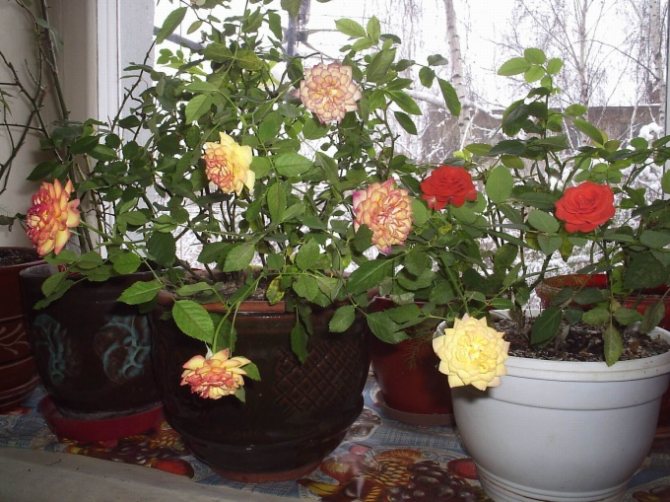

- Home rose - what to do if leaves wither or fly around
- Why do dracaena leaves dry
- How to revive frozen flowers
A freshly brought indoor rose from the store should get used to the new climate for it. The first thing to do is to place it in a warm, draft-free, well-lit place. At first, a rose in a pot may shed its leaves. Do not panic, do not move the pot from place to place, do not increase watering. This is a completely normal reaction to a situation unusual for a rose. Give her time to get used to it.
A more alarming symptom is when flowers and unopened buds wither, and the leaves not only crumble, but also turn black. It is quite possible that you got a frozen specimen. If these signs are present, the rose can also be affected by pests or disease. Therefore, it is better to keep the newly purchased plant at a distance from other green pets - about 2 weeks. During this time, carefully monitor the condition of the plant.
Spider mites can cause the leaves to wilt - often examine the area under the leaves of the plant. It is there that he starts first of all. The sooner you find traces of a tick, cobwebs, the more time you will have in order to take action. It is better to tear off leaves affected by a tick.You can spray with a chemical to get rid of the harmful parasite - for a choice, it is better to contact the flower shop where the plant was purchased.
What is subsidence?
Fall is the process of dropping leaves and buds by a houseplant, caused by natural causes or the presence of adverse factors.
Signs of falling leaves:
- They turn yellow or dry.
- They lose their elasticity.
- Red streaks, black spots, or other defects appear.
- Fall from the stems on their own or when touched.
If the number of affected and fallen leaves is growing steadily, then it is necessary to understand the reasons and take measures to save the flower.
When is it natural and when is it not?


If in the fall or after the end of the vegetative period, the leaves and faded buds of a room rose gradually dry up and fall off, then there is no reason for panic - this is a natural physiological process. This process is necessary for the rose to renew itself and enter the resting stage.
An unnatural fall is considered:
- Loss of leaves in the spring and summer.
- Yellowing and falling leaves on only one side of the flower.
- The appearance on the leaves of black spots, red veins, white bloom.
If such a situation arises, it is necessary to help the flower as soon as possible.
Viral and fungal diseases, due to which mini roses turn yellow and wither
The following pathologies can lead to yellowing of leaves:
- rust. With this pathology, leaves fall off, yellow or red spots are formed. Fungicides will help to cope with the problem;
- powdery mildew. With the development of the disease, all parts of the plant should be treated with a fungicide;
- black spot. When this infection appears, yellowing of the leaves and the formation of dark spots on them is observed. A diseased plant does not tolerate winter well and grows with difficulty. Any systemic fungicide will help to cope with the pathology.
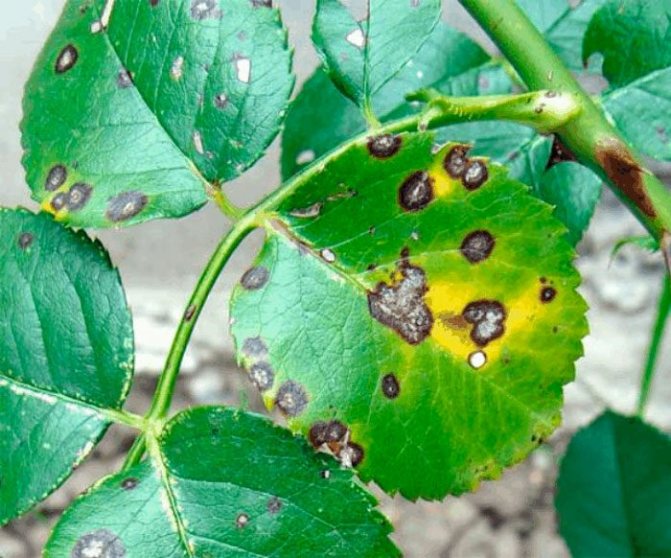

Leaves often suffer from the development of black spot
What if the house plant sheds its leaves?
There are several reasons why this whimsical plant sheds leaves and dries up:
- Physiological aging - when a flower at the final stage of its life begins to throw off leaves and buds.
- Seasonality - when in the fall the indoor flower sheds its leaves so that new ones will grow in the spring.
- Violation of the light regime - lack or excess of sunlight.
- Changes in the weather or changes in the microclimate at home - changes in the air temperature and humidity level in the room, the appearance of a draft or the start of heating devices in the house affect the state of the rose.
- Violation of the watering regime - lack or excess of moisture in the soil.
- The presence of pests - parasites dangerous for flowers, especially spider mites, can destroy the plant in a matter of days.
- Unsuitable soil - lack or excess of nutrients in the soil, lead to the fact that the flower begins to ache and wither.
- The defeat of the rose by pathogenic microflora - the flower begins to rot or black spots appear on it.
Why does it drop buds and how to help a potted plant?
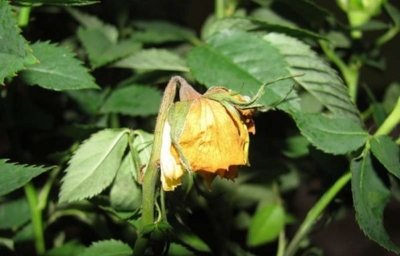

Reasons why indoor rose sheds buds:
- Cold or draft in the room.
- Use for cold water irrigation.
- Transplant a rose when it has buds.
- Irregular watering.
- Depletion of soil in a pot.
- Oversupply of fertilizers.
- A sharp change in air temperature and humidity level.
- Damage to the plant by pests.
To help the plant, you need:
- Check leaves and stems for pests. If they are found, it is worth treating the plant as soon as possible.
- Analyze the care of the plant. It is possible that mistakes were made in the form of irregular watering, improper fertilization, or violation of the light regime. Correcting these errors will help the plant recover.
- Remove the rose in a warm, draft-free room.
- Water with separated water at a temperature room.
Tips and tricks from experienced florists and gardeners
- When starting to grow roses, you need to decide on the type and variety.
- Correctly chosen seedlings are of great importance for growing healthy and beautiful roses.
- You need to choose bushes with green, elastic stems, with a smooth, without spots, bark.
- High quality seedlings should have at least three shoots.
- They are sold with an open root system, and with a closed one in containers.
- Fragile roses, with a poorly developed root system, can freeze when planted in the fall.
- Pink seedlings in containers can be planted on cool days of summer.
- The best soil for roses is slightly acidic or neutral.
- Roses take root deeply, therefore, for planting seedlings, a hole must be prepared no smaller than 60 cm.
- Roses are planted when the soil has warmed up from mid-April to mid-May, and in mid-October.
- Before planting, the seedlings should be prepared. Long roots are pruned a little, dry ones are removed.
Important! The filamentous roots must not be touched.
Before planting, the seedlings are soaked in water for several hours. Fading inflorescences are cut off without waiting for their complete wilting. This stimulates them to form new peduncles. The land near the bush must be constantly loosened, weeds must be removed in a timely manner so that they do not take nutrients from the soil.
To grow beautiful roses, they need to pay attention and adhere to the recommendations for planting and caring. Blooming roses will decorate any garden and will bring joy. The most beautiful roses are those that are grown by their own hands.
Preventing the recurrence of the problem
Almost all diseases of rose bushes are difficult to treat., therefore, it is recommended to take preventive measures in advance to reduce the likelihood of problems:
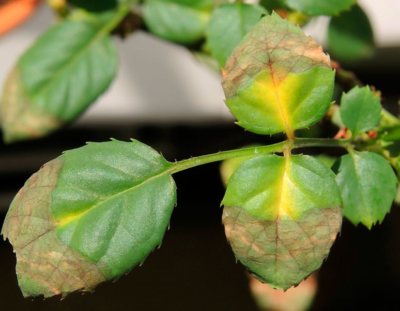

Thus, there are many reasons for the falling leaves and buds of a room rose, and all of them are associated with making mistakes in care. Timely identification of the causes and their elimination will help save and restore the plant. In order to avoid such problems in the future, it is important to observe preventive measures.
If you find an error, please select a piece of text and press Ctrl + Enter.


